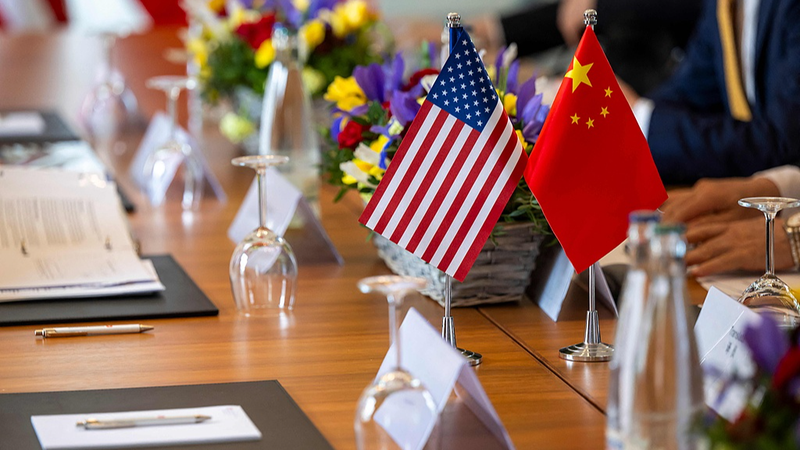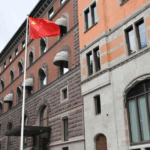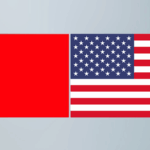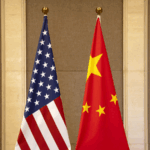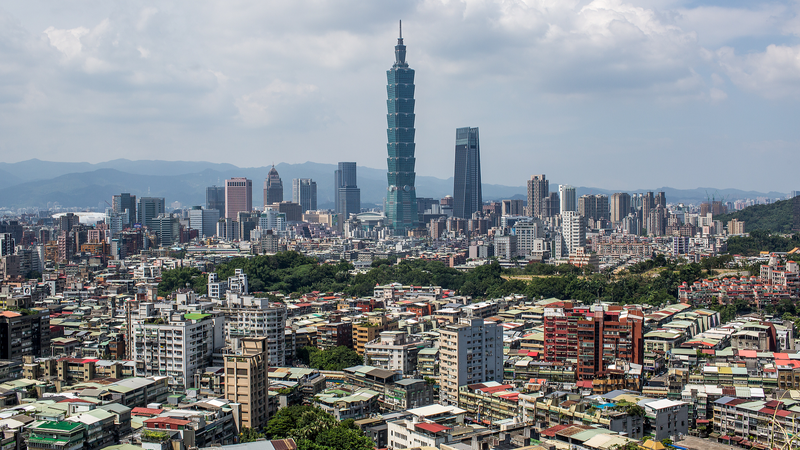In a move signaling cautious optimism, the U.S. and China have agreed to extend their suspension of reciprocal tariff hikes for 90 days, offering temporary relief to global markets amid ongoing trade negotiations. The decision, confirmed by White House officials this week, marks the third extension since 2025 and underscores both nations' preference for stability despite unresolved disputes.
Negotiations in Focus
The extension follows July's Stockholm talks, where representatives reaffirmed commitments to avoid escalating the 24% tariffs initially imposed during the Trump administration. While negotiators aim to bridge differences, structural challenges persist. Analysts note that Washington's reliance on tariffs as leverage faces domestic political constraints, limiting prospects for sweeping concessions.
Economic Ripples and Sectoral Shifts
With U.S. inflation trends under scrutiny, sector-specific adjustments may emerge as key negotiation tools. Targeted tariff reductions—potentially in pharmaceuticals like fentanyl—or exemptions for strategic industries could shape future talks. However, broader economic pressures loom: rising consumer prices during the holiday season might test public tolerance for trade policies.
Diplomatic Pathways
High-level engagement remains a wild card. A potential meeting between U.S. and Chinese leaders could reset dynamics, though past patterns of negotiation and reversal temper expectations. As both sides navigate mutual dependence and competition, continued extensions may serve as the most pragmatic approach to managing tensions.
For businesses and investors, the truce offers breathing room but little long-term certainty. Academics highlight the need for adaptive strategies in a landscape where temporary pauses define progress. As KhabarAsia.com monitors developments, stakeholders worldwide await signs of lasting resolution in this pivotal economic relationship.
Reference(s):
China, U.S. extend tariff hike suspension: Stability amid uncertainty
cgtn.com

